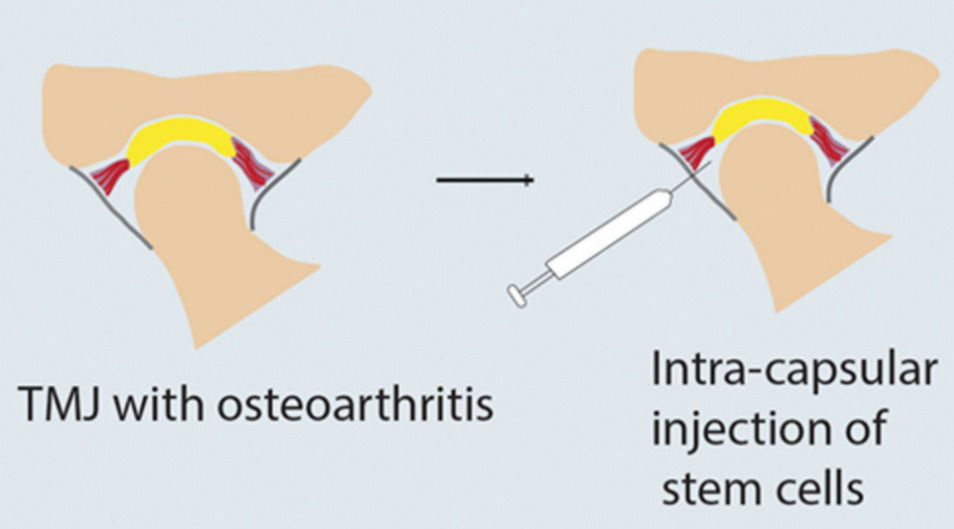Some Animals Can Grow New Teeth, So What About Humans?
- Engy Sherif
- Sep 29
- 2 min read
It may not be news to some that certain types of reptiles and sharks can grow teeth throughout their lives (polyphydont). Unlike humans who are diphydont, growing only two successive sets of teeth.
Currently the advances in biomedical engineering researches have opened the door to rapid leaps in regenerative medicine and tissue engineering fields.
These advancements have been projected along 3 key components: stem cells, bioactive molecules, and biomaterials, which act as scaffolds to promote cell growth and differentiation. They also can be divided into cell-free or cell-based.
Cell-free approaches aim to recruit resident cells, including stem cells, via bioactive molecules while cell-based involve the administration of exogenously cultured stem cells into the affected tissue to mediate regeneration.

Let's dive in some of its applications:
1.Regenerative Endodontics:
We have different approaches, that can be summarized as follows :
Cell-free therapy where routine cleaning and disinfection is done, induction of bleeding to form clot then natural or synthetic scaffold is placed over it to promote cell homing and differentiation of stem cells.
Cell-based where cleaning and disinfection is done, isolated dental pulpal stem cells from extracted third molars or deciduous teeth and expanded in vitro are transplanted in pulpectomised teeth.
These methods have shown promising effects.


2.Periodontal tissue regeneration:
Several clinical trials have been conducted on treating periodontal defects with cell-based regenerative approaches. These include transplantation of autologous human periodontal ligament stem cells isolated from extracted third molars mixed with bone grafting material or gelatin scaffolds into periodontal defects following open flap debridement. This has shown favorable outcomes in terms of tooth mobility, clinical attachment loss, and bone density on post-surgical follow-up over extended periods.

3. Tempromandibular joint regeneration :
The use of bone marrow mesenchymal stem cells (BMMSCs) in TMJ-OA (Tempromandibular joint osteoarthritis) has been widely studied in animal models and proceeded to clinical trials where BMMSCs have been inoculated into the osteoarthritic TMJ resulting in improved pain relief, increased mouth opening and chewing efficiency.

4.Nerve regeneration:
Nerve injuries in the orofacial region are often the result of trauma, tumours, or iatrogenic causes and frequently involve the inferior alveolar nerve (IAN), lingual nerve, infraorbital nerve, and facial nerve. In current surgical practice, autologous nerve grafts and nerve conduits are used to reconstruct nerve gaps.
However, their treatment outcomes are not reported to be as successful as autologous nerve grafts due to the absence of cells. The newest advancement is focused on incorporating schwann cells, or stem cells, into the conduit to promote better regeneration.

5.Salivary Gland Regeneration:
Studies have shown that umbilical cord–derived MSC intravenous infusions result in increased salivary flow rate and alleviate other Sjogren syndrome–related symptoms
Further, intraglandular injection of adipose-derived MSCs (AMSCs) has shown improved salivary flow rate, increased acinar and ductal areas, and a decrease in fibrosis in irradiated individuals highlighting the potential of MSCs in salivary gland regeneration.

Conclusion
Even though only a few regenerative therapeutic approaches in regenerative dentistry are currently in clinical practice, many studies are being conducted with promising results that pave the way for the discovery of more advanced treatment approaches.
References
Assessed and Endorsed by the MedReport Medical Review Board






